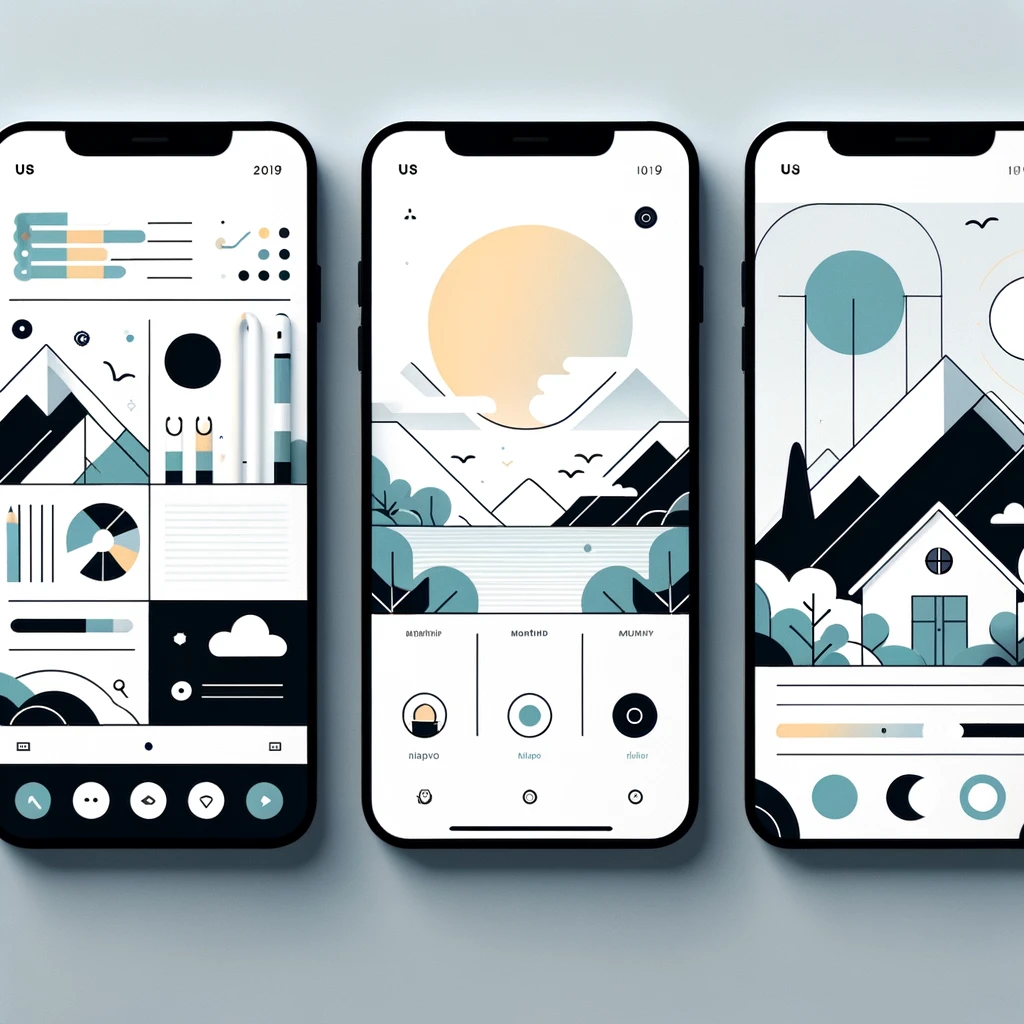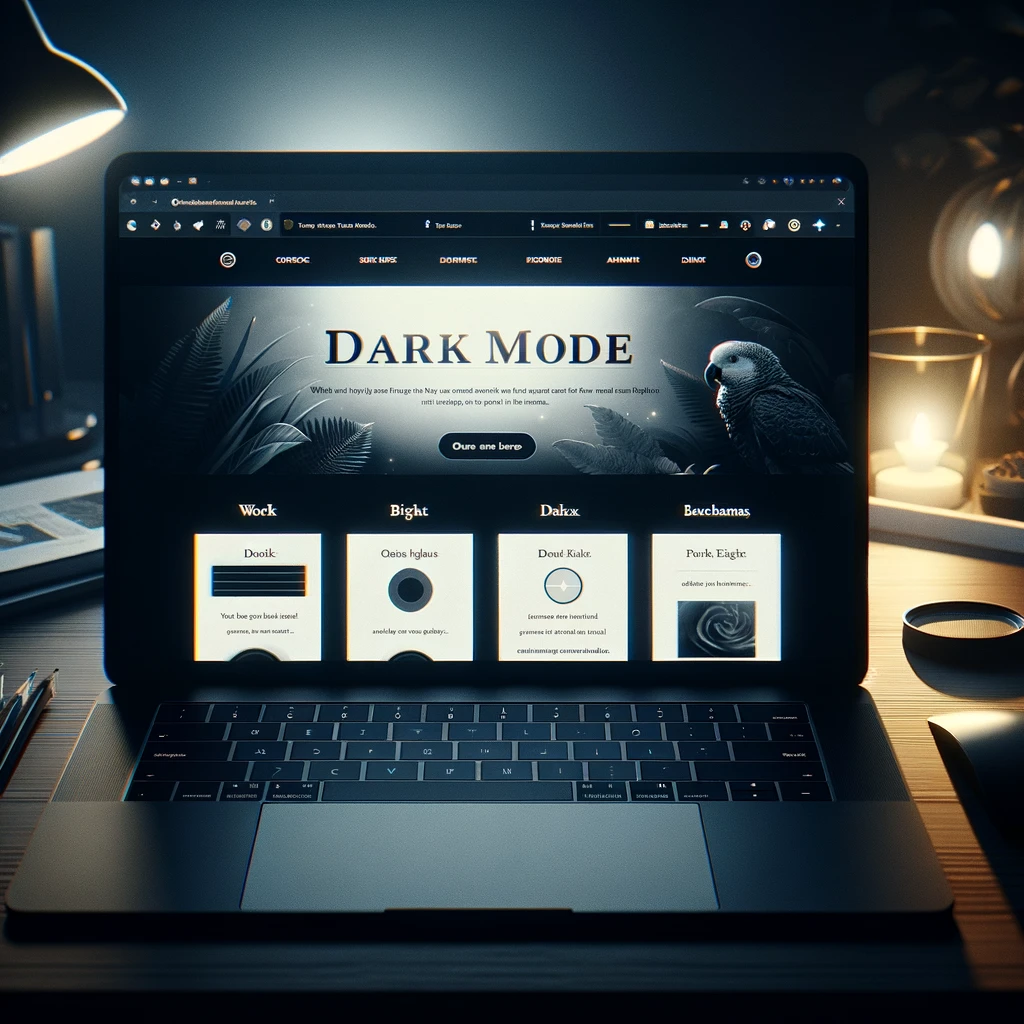Reading time: 4 minutes.
In the world of digital product development, User Interface (UI) design plays a crucial role in determining user experience and engagement. One effective way to optimize UI design is through split testing, also known as A/B testing. This post outlines how you can effectively split test your UI design to enhance user experience and increase conversion rates.

1. Understanding Split Testing
Split testing is a method used to compare two versions of a web page or app to see which one performs better. In UI design, this involves presenting two variants (A and B) of a design to different segments of users and analyzing which version achieves better engagement or conversion metrics.
2. Establish Clear Objectives
Before you begin split testing, it’s important to have clear objectives. What do you want to achieve with the test? Common goals include increasing click-through rates, improving user engagement, reducing bounce rates, or enhancing form completion rates. Having specific goals will guide your testing process and help you measure success effectively.
3. Identify Key Elements for Testing
In UI design, numerous elements can be tested. This includes color schemes, button shapes and sizes, navigation layout, typography, call-to-action (CTA) placement, and imagery. Choose elements that are closely tied to your objectives. For instance, if your goal is to increase conversions, you might test different CTA button colors and positions.

4. Create Variants
Once you’ve identified the elements to test, create the different variants. Variant A can be your current design (control), and Variant B will be the new design (treatment). Ensure that the changes between the two variants are significant enough to potentially influence user behavior but not so drastic as to confuse your audience.
5. Segment Your Audience
To get accurate results, you need to segment your audience and ensure that each group is comparable. You can segment users based on demographics, user behavior, or source of traffic. It’s crucial that each segment only sees one version of the UI to avoid skewing results.
6. Implement the Test
Use split testing tools to implement your test. Tools like Optimizely, Google Optimize, or VWO can help you set up and run your tests. They allow you to show different versions of your UI to different segments of your audience and collect data on their interactions.
7. Analyze the Data
Data analysis is a critical step in split testing. Look at metrics like conversion rates, time spent on the page, bounce rates, or any other metric relevant to your objectives. Analyzing this data will help you understand how each design variant performs and which elements are influencing user behavior.
8. Draw Conclusions and Implement Changes
Based on your analysis, draw conclusions about which version of the UI performed better. If Variant B outperforms Variant A, consider implementing the changes in Variant B across your platform. However, if there’s no clear winner, you may need to conduct further tests or reconsider your UI design approach.

9. Iterate and Refine
Split testing is not a one-time process. The digital landscape and user preferences are constantly evolving, so regular testing and refinement of your UI design are essential. Learn from each test and continuously iterate to enhance user experience.
10. Consider User Feedback
While quantitative data from split testing is invaluable, qualitative feedback from users can provide deeper insights into why certain design elements work or don’t work. Consider conducting surveys or user interviews to complement your split testing data.
11. Ensure Statistical Significance
To ensure that your test results are reliable, you need to achieve statistical significance. This means that the results are not due to random chance. Most split testing tools will provide statistical analysis, but it’s important to understand the basics of statistical significance to interpret these results correctly.
12. Be Mindful of External Factors
External factors such as seasonality, market trends, or even global events can impact user behavior. Be mindful of these when conducting your tests and analyzing the results. It’s important to differentiate between changes caused by your UI variants and those due to external factors.

13. Scale Successful Tests
Once you find a UI design that works, consider how you can apply the successful elements to other parts of your site or app. However, always test before fully implementing to ensure that what worked in one context also works in another.
14. Document and Share Findings
Documenting your tests and findings is crucial for future reference and for sharing insights with your team. This documentation should include the objectives, the design variants, the results, and any conclusions drawn. Sharing these findings helps in building a knowledge base and guiding future UI design decisions.
15. Stay User-Centric
Finally, remember that the ultimate goal of UI design is to create a user-friendly and engaging experience. All split testing should be done with the end-user in mind. Stay informed about user needs and preferences, and let these guide your testing and design decisions.
Conclusion
Split testing in UI design is a powerful method to enhance user experience and increase engagement and conversions. By systematically testing different elements of your UI and analyzing the results, you can make data-driven decisions that significantly improve the effectiveness of your digital product. Remember, the key to successful split testing is a clear objective, careful planning, thorough analysis, and continuous iteration. Stay user-centric, and let your users guide your design decisions through their actions and feedback.





